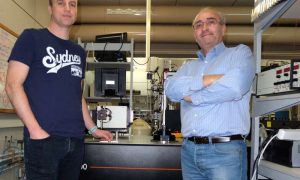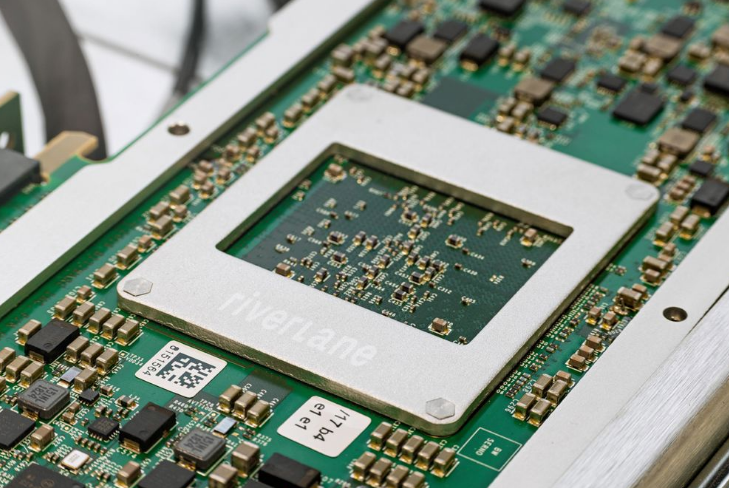
A new optical quantum switch with ultra-fast switching times and very low energy consumption may be useful in quantum computers and other forms of quantum technologies, according to An international team led by the Institute of Materials Science (ICMUV) of the University of Valencia.
The researchers added that, in comparison to other designs, the device, which modifies the emission properties of photons, can be implemented in a variety of semiconductor platforms.
Super Fast Quantum Switch
In other words, it could lead to a super-fast switch that leads to better quantum computers. The team, coordinated by Guillermo Muñoz Matutano, recently reinstated to ICMUV, has published its findings in the journal Communications Physics, of the Nature Publishing Group.


The operation principle of the device is based on the nanostructured semiconductor quantum confinement technology, which are small structures of nanometric size capable of absorbing and emitting light. The optical properties of these materials, called quantum dots, are similar to those of isolated atoms and their emission of light occurs photon to photon. Because isolated photons or pairs of photons can be used to reproduce overlapping or entanglement conditions, this technology is ideal for quantum computers.
At present, one of the scientific and technological challenges in this field is directed towards the development of logic gates and optical circuits that can perform operations with photons, and in this way, work and modify the information under quantum conditions. Therefore, tools and materials that can affect the emission of photons individually are necessary. Of all of them, those that manipulate and control photons using light are currently being investigated because chained systems can be built or they can represent large reductions in energy consumption. This is the case with all-optical devices.
The main idea of this super fast quantum switch design came about through a collaboration with researcher Massimo Gurioli, from the University of Florence and the European Nonlinear Spectroscopy Laboratory. Under this collaboration the processes of accumulation and saturation of the charge in quantum dots of indium arsenide (InAs) were studied according to the power and color of the lighting laser.
One of the outstanding properties of the new device is that next to the temporary switching, a switching of the emitted photon’s color (its wavelength) can be added if two different lasers are used. This quality could be used in devices for multiplexing photons by wavelength –combining two or more channels of information in a transmission medium — so that each color of the photon is associated with one of these channels. Finally, the physical principle by which the device operates is fulfilled by many other quantum confinement nanostructures, so this new design represents a general scheme that can be implemented in a wide variety of semiconductor platforms.
The research carried out by a network of universities includes the Optoelectronic Materials and Devices Unit (UMDO) of the ICMUV, led by Juan P. Martínez Pastor, Professor of the Department of Applied Physics and Electromagnetism. The main materials of the device were manufactured by the group of Luca Saravalli, a researcher at the Italian CNR, while the simulation of its operation was carried out through a collaboration with Mattias Johnsson and Thomas Volz, of the ARC Engineered Quantum Systems (EQUS) of Australia, where Guillermo Muñoz has worked as a senior researcher for the past three years.

















